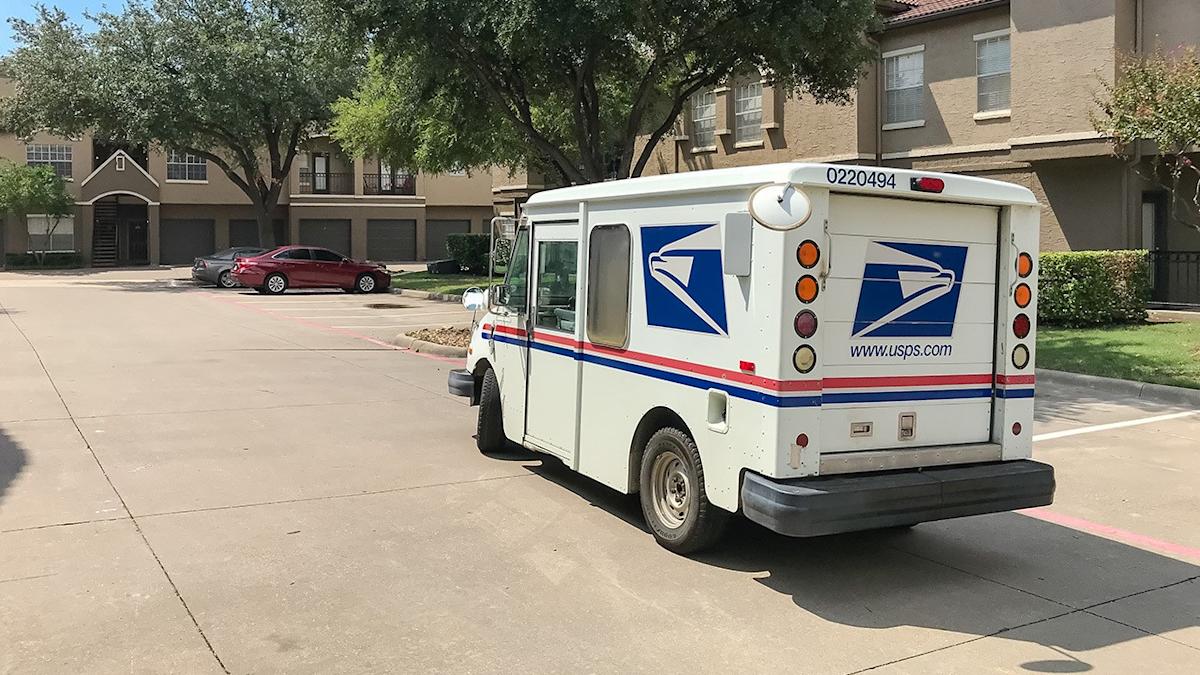The U.S. Postal Service needs to grow revenue, not just rely on cost cuts, to achieve financial health and one way to do that is return to providing last-mile delivery service for large shippers, Postmaster General David Steiner told his bosses on Friday.
Consolidation of distribution centers and regional transfer hubs in the past four years under predecessor Louis DeJoy has allowed the Postal Service to dramatically improve its middle-mile logistics operations, but the organization should leverage its biggest advantage —the first-and-last mile delivery network, he said at the board of governor’s meeting.
DeJoy gradually dismantled a workshare program under which parcel consolidators injected bulk mail and parcels into the system at local post offices for final home delivery, culminating in the breakup with UPS late last year. The former logistics executive instead steered the Postal Service to handle parcel shipping from door-to-door.
Under DeJoy, the Postal Service amended service agreements with bulk shippers for Parcel Select, its low-cost ground delivery product and reduced Parcel Select discounts for loads dropped at local post offices. The goal was to force consolidators to drop parcels further upstream, at sorting and delivery centers, where the Postal Service could charge higher rates. Other parcel consolidators that stopped using the USPS for residential delivery include Amazon, OSM Worldwide and Pitney Bowes. DHL eCommerce continues to partner with the USPS.
Late last month, UPS said it had reached a tentative agreement with the Postal Service to provide last-mile delivery service for its budget Ground Saver service after self-delivery to home addresses proved more costly than expected. The USPS is mandated to provide delivery to every address. It has the infrastructure to cost-effectively reach every household, even in rural areas. Building a similar network capability is extremely expensive for other couriers, even giants like UPS and FedEx.
Steiner said the postal agency this time needs to offer last-mile delivery service on a much larger scale than before, including to retailers interested in same-day and next-day delivery.
“We previously encouraged access to this valuable asset for only a few high volume customers. I believe this undervalued our reach, limited business partnerships and restricted revenue generation. We can, and will, better utilize and monetize our first and last-mile assets. We’re hoping to work with customers big and small by offering expanded last-mile service to serve their customers, fulfill market demand, and maximize our revenue,” he said.
The former FedEx board member said the Postal Service has initiated talks with other companies besides UPS.
“Simply put, we have the capacity to meet a much larger percentage of America’s shipping needs. We just need to utilize our assets efficiently and effectively,” Steiner said.
The postmaster general also expressed interest in the USPS handling e-commerce returns, saying the 33,000 post offices across the nation can serve as convenient drop-off locations.
Satish Jindel, a veteran parcel industry executive and president of ShipMatrix Inc., said the U.S. Postal Service will cannibalize its other parcel products and enable competitors by providing last-mile delivery.
“By offering to do the last mile for other companies he is creating competitors for his own Ground Advantage and Priority Mail” because transportation from local depots to regional terminals and between regions is much less difficult than delivering to individual residences. “If the Post Office is just interested in doing the last-mile then stop doing other services because there are other companies that can do it. Just do the last mile and be the best at it,” he said.
Ground Advantage is a budget-friendly shipping option for packages up to 70 pounds, with two-to-five day service standards.
Retailers probably won’t have great ability to take advantage of a reincarnated USPS workshare program because very few have the package density to sort packages to the zip code level, said Nate Skiver, an e-commerce delivery consultant and founder of LPF Spend Management, on LinkedIn. They are more likely to induct packages into the postal system at the regional level.
The U.S. Postal Service’s total operating revenue for fiscal year 2025, ended Sept. 30, was $80.5 billion, up 1.2% from the prior year. The agency posted an operating loss of $2.7 billion compared to $1.8 billion in 2024.
Steiner noted that the government-owned corporation receives $85 million less in annual revenue than it did 18 years ago because the public sends about 110 billion fewer pieces of mail through the system in the Internet age.
“No business could overcome that magnitude of a revenue drop. So it’s not surprising that the postal service has struggled. We need to stop the revenue decline and grow volumes at a faster pace,” he said.
The Postal Service has set a goal for $83.8 billion in revenue for the current fiscal year, an increase of about 3% and expects controllable expenses to grow 1.8%, CFO Luke Grossman said. Projections are for a $900 million decrease in controllable loss.
First-class mail revenue and package services are expected to grow again, but marketing mail revenue is likely to decline because it is not a major election year. International demand continues to decline due to new U.S. tariff policies that eliminated tariff exemptions for individual e-commerce packages valued below $800.
Click here for more FreightWaves stories by Eric Kulisch.
Sign up for the biweekly PostalMag newsletter The Delivery here.
USPS reports 5.7% decline in parcel volumes, $9B loss
US Postal Service expands new delivery standards nationwide
UPS rebrands SurePost as Ground Saver
The post US Postal Service makes U-turn on last-mile delivery appeared first on FreightWaves.



Leave a Comment
Your email address will not be published. Required fields are marked *